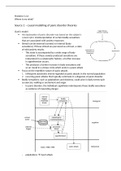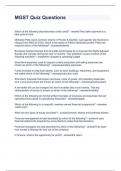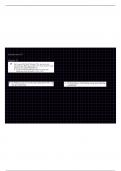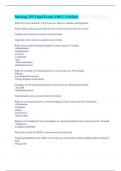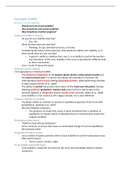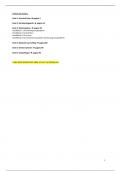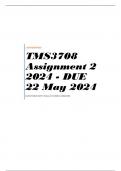Samenvatting
Full summary of problem 5, block 2.6
Here is a summary of problem 5, block 2.6. It has been edited after the post discussion so only relevant information is included. All sources and materials are included in the summaries. My average was 8.2.
[Meer zien]
